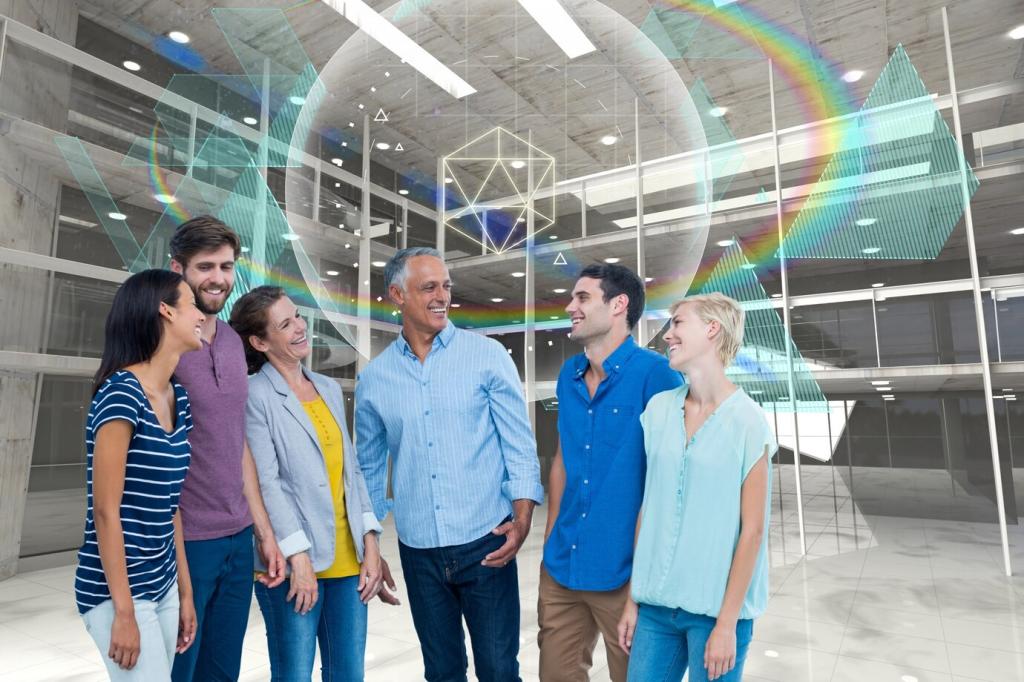The Rise of Fashion E-commerce

Expanding Market Access
The advent of fashion e-commerce has shattered physical boundaries, making style accessible to a global customer base. Consumers from metropolitan cities to rural communities can now browse collections from international designers and purchase apparel with a few clicks. This democratization of fashion shopping has not only increased market competition but also given smaller brands a voice on the global stage. No longer limited by geography, brands can cross borders instantly and reach fashion-conscious shoppers who were once excluded from cutting-edge trends. As internet penetration and smartphone adoption continue to climb, access to fashion e-commerce only grows more widespread, fueling an inclusive and dynamic digital marketplace.
Personalized Shopping Experiences
A hallmark of fashion e-commerce is the ability to personalize the shopping journey for every visitor. Through advanced data analytics, artificial intelligence, and machine learning, online platforms curate recommendations tailored to individual tastes and shopping habits. This creates a unique, individualized experience each time a customer visits. From personalized fashion lookbooks to AI-driven style advice, e-commerce sites are adapting to preferences in real-time, making every interaction feel relevant. These technological advancements improve customer satisfaction, boost conversion rates, and foster lasting brand loyalty by ensuring shoppers feel understood and valued in an online environment.
Influencer and Social Media Integration
The emergence of social media platforms and digital influencers has propelled fashion e-commerce into a new era of marketing and consumer engagement. Brands partner with influencers to showcase their collections and create authentic, story-driven content that resonates with audiences. Shoppers are now more likely to discover trends through social feeds and influencer endorsements than traditional advertising. The seamless integration of shopping features within social platforms like Instagram and TikTok further blurs the line between inspiration and purchase. Social commerce has become a powerful force, seamlessly connecting consumers, products, and brands within digital communities.
Technological Innovations Reshaping the Industry

Virtual Try-Ons and Augmented Reality
One of the most exciting trends in fashion e-commerce is the rise of virtual try-on tools and augmented reality solutions. These technologies allow shoppers to visualize how garments will look on their own bodies without leaving the comfort of home. By simulating the fit, color, and style of clothing through smartphone cameras or computer screens, consumers can make more confident purchasing decisions. As a result, returns are reduced, and customer satisfaction soars. Virtual fitting rooms replicate the tactile aspect of traditional retail, offering an immersive and interactive experience that was once only possible in physical stores. This blend of digital convenience and enhanced visualization is set to become a cornerstone of future online fashion retail.

AI-Driven Recommendations and Chatbots
Artificial intelligence plays a pivotal role in the ongoing evolution of fashion e-commerce. Sophisticated algorithms analyze vast amounts of data to predict trends, optimize inventory, and provide personalized recommendations. AI-powered chatbots are now standard on many shopping sites, guiding customers through search queries and assisting with product selection in real time. These intelligent systems learn from user interactions, continuously refining their suggestions to enhance each shopper’s journey. The result is an efficient, responsive, and engaging digital environment where consumers can discover products tailored to their unique preferences, fostering deeper connections between brands and their audiences.

Seamless Checkout and Payment Innovations
The introduction of streamlined checkout processes and payment innovations has reduced friction and increased convenience for online fashion shoppers. From digital wallets to buy-now-pay-later services, these solutions cater to diverse preferences and empower customers to make faster decisions. Enhanced security features and one-click purchasing options minimize abandoned carts and support higher conversion rates. Companies are also adopting technologies like biometric authentication and blockchain to bolster trust and transparency. These advancements are essential in building a hassle-free shopping ecosystem, ensuring that customers feel secure and satisfied from browsing to final purchase.
On-Demand Shopping and Instant Gratification
Today’s consumers expect instant access to the latest trends and collections at their fingertips. The rise of on-demand shopping, fueled by fast-loading websites and mobile apps, caters to the demand for immediacy and convenience. Waiting in line or traveling to a store has become an outdated concept for many, as a few taps can secure next-day or even same-day deliveries. This culture of instant gratification places pressure on brands to remain agile, keeping inventory fresh and logistics efficient. As speed continues to be a competitive advantage in fashion e-commerce, customer loyalty increasingly hinges on the ability to fulfill desires rapidly and reliably.
Demand for Transparency and Sustainability
With greater access to information, consumers are increasingly demanding transparency regarding brand practices, sourcing, and environmental impact. Socially conscious shoppers use e-commerce platforms to research a brand’s commitment to ethical standards and sustainability before making a purchase. Transparency in production methods, material sourcing, and labor conditions has become a deciding factor for many buyers, especially among younger demographics. Fashion brands are responding by providing detailed product information, sharing origin stories, and adopting eco-friendly practices to meet expectations. As customers align their values with their buying choices, sustainability becomes both a challenge and an opportunity for fashion e-commerce businesses.
Community Engagement and Shared Experiences
Fashion e-commerce has evolved beyond simple transactions by fostering communities and shared experiences among shoppers. Innovative brands leverage digital platforms to create spaces where consumers can interact, exchange style advice, and celebrate self-expression together. From online forums to live streaming events and interactive lookbooks, these communal experiences cultivate a sense of belonging and influence purchasing decisions. User-generated content adds authenticity, builds trust, and strengthens loyalty. As the social aspect of e-commerce grows, fostering community has become just as important as selling products, signaling a new era of interactive and participatory fashion retail.

